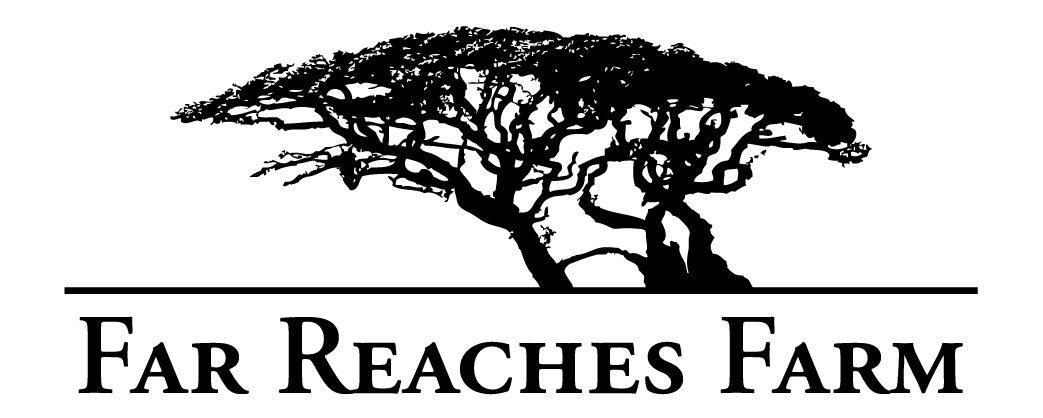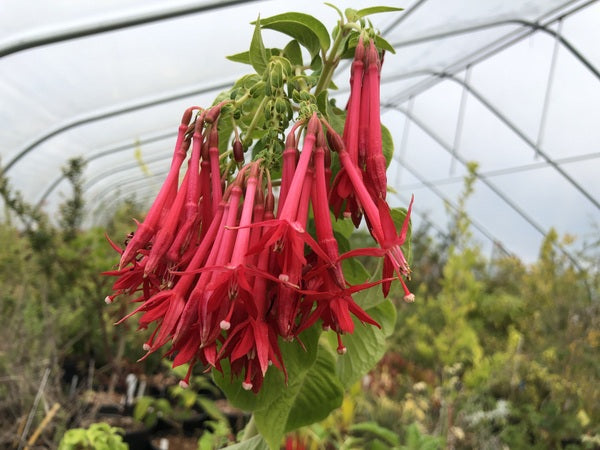Sort by:
25 products
25 products
This hails from the mild Crinodendron tucumanum/Podocarpus parlatorei cloud forests of northern Argentina. It thrives as an understory plant and competes well in the tangle of rampant growth clothing shaded banks along the road. Pendulous bright red clusters of long flowers give way to edible-if-the-fruit-stand-is-closed fruits.
Tender South American shrubby succulent making a 3'x4' mound of thin stems with small fleshy leaves Flowers unknown and we are perfectly willing to accept that this might well be a different genus entirely! Pairs well with cactus, bromeliads and xeric shrubs. Let us know what it looks like when it flowers! A Far Reaches Botanical Conservancy Offering.
Quite the uncommon small evergreen tree to large shrub that has tiny little red flowers cladding the stems which individually are a bit of nothing but in their multitudes are really kind of fun. Native to Argentina through Chile down into windy Patagonia, this has not been trialed much here but is growing at the Arboretum in Seattle. Zone 8. Previously received as Maytenus chubatensis and offered as such but finally plowed through some South America floras and wait a minute - it's Maytenus magellanica! We down widdat since it is actually nicer and hardier.
High elevation Bolivian evergreen pinnate-leaved tree in the Rose family whose gorgeous irregular shape and exceptional exfoliating bark gives us fever dreams. Flowers are apetalous nothings but given its abundance of attributes, expecting showy petals is akin to disappointment in the physical shortcomings of the Duke in The Bridgertons. The Polylepis species we have observed in adjoining Argentina basically grew in rock with roots reaching down to moist soil so best in a lean, mineral-based soil that drains well. Small plants that will grow quickly. The collector speculated Z6b hardiness but ours has only gone to 10F with no damage
One odd little plant from the Andes possessing neither flamboyance of flower, nor headiness of perfume, nevertheless, it's pretty damned cool. We've never noticed it blooming, the flowers being so small but the resultant edible but insipid white fruit are attractive as is the foliage and habit. Great in the rock garden.





